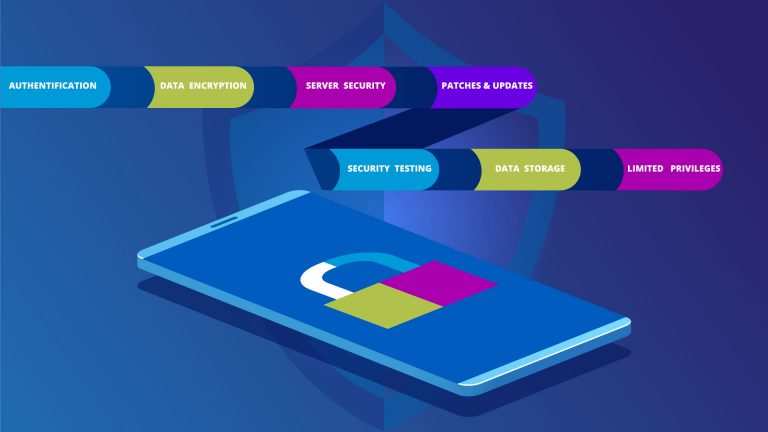
24 Feb Security Threats Faced by Modern Mobile Apps in 2020
It is believed that 1 out of every 36 mobile devices has been compromised by a mobile app security breach. And with more than 5 billion mobile devices globally, you do the math.
The news that a consumer-facing application or business has experienced a security breach is a story that breaks far too often. As of late, video conferencing apps like Zoom and Houseparty have been the centre of attention in the news cycle.
As apps continue to integrate into the everyday life of our users, we cannot wait for a breach to start considering the efficacy of our security measures. When users shop online, update their fitness training log, review a financial statement, or connect with a colleague over video, we are wielding their personal data and must do so responsibly.
Let’s cover some of the ways hackers access sensitive information and tips to prevent these hacks from happening to you.
The Authentication Problem
Authentication is the ability to reliably determine that the person trying to access a given account is the actual person who owns that account. One factor authentication would be accepting a username and password to authenticate a user, but as we know, people use the same insecure passwords and then reuse them for all their accounts.
If a hacker accesses a user’s username and password, even if through no fault of yours, they are able to access that user’s account information.
Although two-factor authentication (2FA) can feel superfluous at times, it is a simple way to protect user accounts from hackers.
2FA uses a secondary means of authenticating the user, such as sending a confirmation code to a mobile device or email address. This adds another layer of protection by making it more difficult for hackers to fake authentication.
Reverse EngineeringReverse engineering is when hackers develop a clone of an app to get innocent people to download malware. How is this accomplished? All the hacker has to do is gain access to the source code. And if your team is not cautious with permissions and version control systems, a hacker can walk right in unannounced and gain access to the source code along with private environment variables.
One way to safeguard against this is to obfuscate code. Obfuscation and minification make the code less readable to hackers. That way, they’re unable to conduct reverse engineering on an app. You should also make sure your code is in a private repository, secret keys and variables are encrypted, and your team is aware of best practices.
If you’re interested in learning more ways hackers can breach mobile app security, check out the infographic below from CleverTap.
Source: Security Boulevard


No Comments